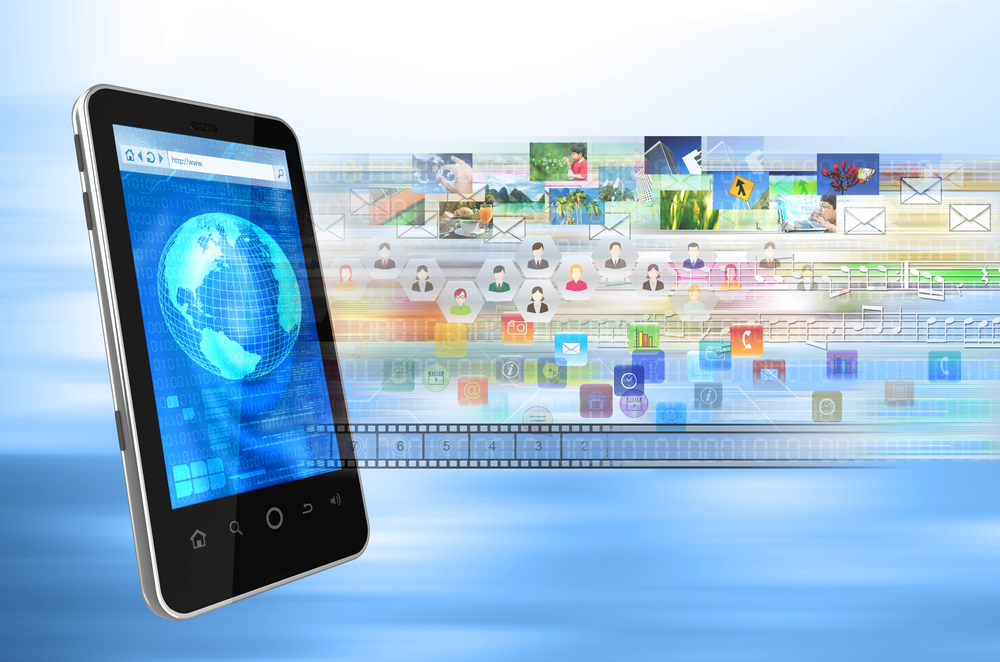They’re calling it the Silver Tsunami. That’s referring to the Baby Boomer generation—that’s 80 million in the U.S. alone—who are entering their so-called golden years, with increasing need for medical care.
According to the Alzheimer’s Disease International organization, that almost 44 million people have Alzheimer’s or dementia, with only about a quarter of them being diagnosed. We’re talking about $605 billion—one percent of the world’s gross domestic product. As populations live longer, that only serves to increase both these staggering numbers.
And this strain isn’t just economic or for the patients who suffer from the struggle—the caregivers suffer just as much. According to the director of the Memory and Aging Center at the University of California, for every one Alzheimer’s patient, there are two to treat—in fact, 50 percent of all caregivers suffer from depression. Whether working with their family members every day or helping to manage the disease from a distance, never knowing if the patient has run away, fallen down, or simply forgot the kettle was on adds to this stress.
The Internet of Things and particularly the connected home may be a key to relieving a lot of the stress of care and even to enable those with Alzheimer’s and dementia to live longer outside of senior homes with fewer accidents and hospital visits.
IoT enables caregivers to keep better track
One of the greatest problems is that patients can leave the house without notifying anyone, putting themselves in danger. You can alarm the door to notify police or simply to awake a sleeping spouse. To the opposite, in-home sensors can recognize if there’s been a suspiciously low amount of movement over time, in case there has been an accident or the patient is suddenly unwell.
Lively has created an emergency alert system which features sensors that can be put around the house, as well as a waterproof watch, which looks rather like Apple’s Watch, but is equipped with a 24/7 emergency response button and medication reminders. Soon it will include a way to detect falls too.
Temperature sensors can be put into current stoves to know when they were turned on and for how long, or sensors can be a part of an entire climate control system like NEST which can recognize subtle changes in temperature from normal patterns.
Similarly, doctors and nurses grapple with getting proper information from their patients, a third of whom in the U.S. are diabetics. WiFi or Bluetooth-enabled blood-sugar monitors can collect information remotely and send notifications if anything is off.
Some of course are questioning how these seniors should have their privacy potentially invaded, but most feel that’s simply a trade-off so these patients have more freedom for longer, but can stay safe, as well as their loved ones have a peace of mind.
Technology helps patients with memory
But of course, the person suffering from Alzheimer’s or dementia are going through a terrible ordeal, but modern technology may be able to help stave off the disease. Google Glass has the incredible function of facial recognition so patients can better maintain their “name with the face” skills or at least feel less embarrassed when they do forget. In a similar way, our culture of taking selfies and wearing cameras could benefit patients by helping them document their days to recall them later.
And mobile gaming has a huge influence on how our mind developers. This time we aren’t talking about the billion-dollar market of brain-training games, but rather video games like 3-D, custom-designed Neuroracer which work to enhance cognitive control in these older adults. It uses driving as a way to practice and hone doing multiple tasks simultaneously. In preliminary tests, people with these age-related deficits in neural signatures of cognitive control were improved by multitasking training.
These are just a few of the amazing ways we technology can help our parents find comfort and safety as they get older. What other Health tech have you seen that are helping seniors? Share more great companies with us @TefDigital!









